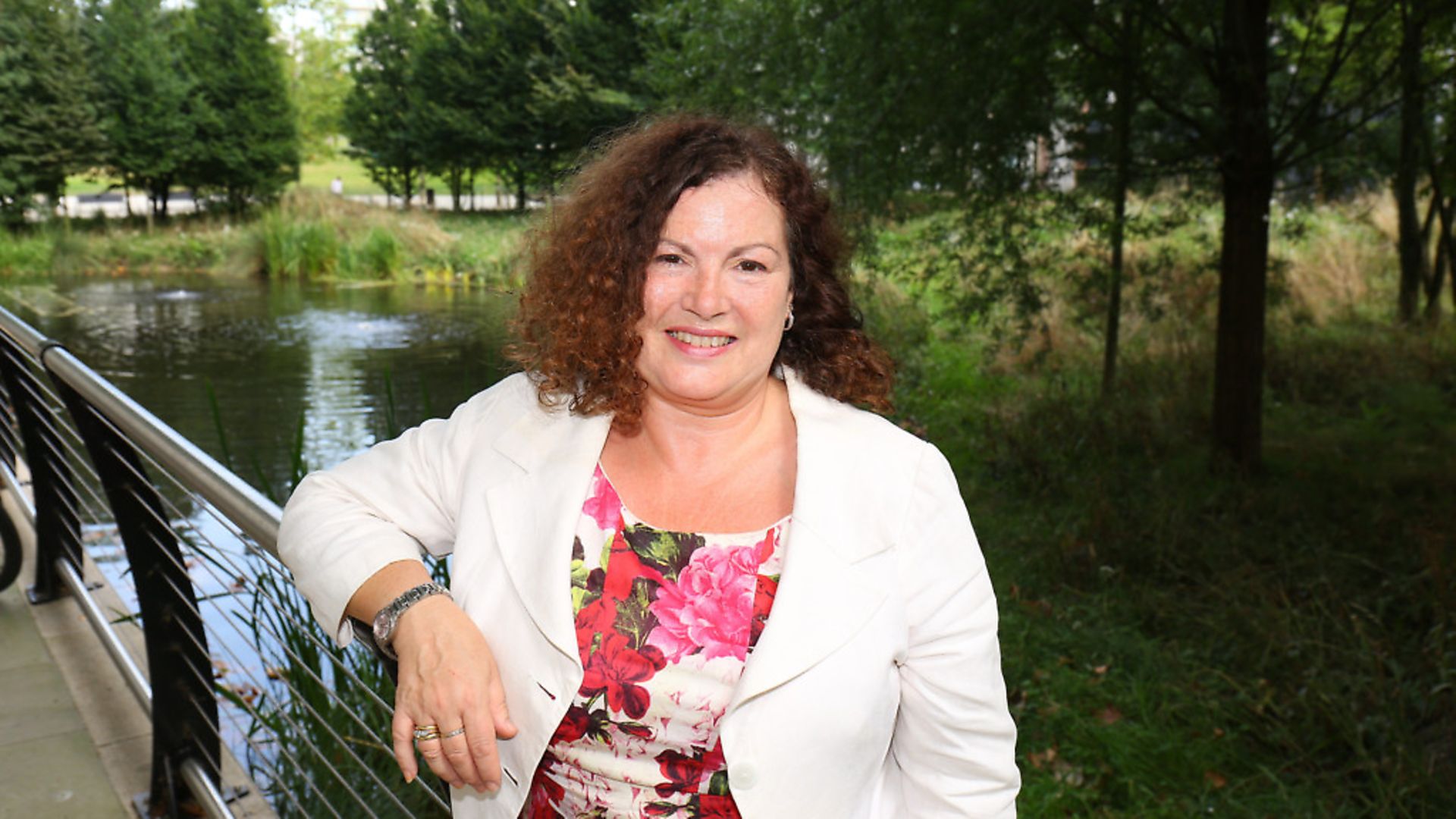London’s Mayor and central government must back the capital’s solar energy volunteers with cash and by easing planning curbs which hold back City Hall’s goal of Net Zero carbon by 2030.
That’s the view of the Greater London Assembly’s environment committee, as its latest report commits it to more support for citizen-controlled green power.
Around 30 volunteer energy groups – almost one per borough – at present deliver and fund solar schemes on London’s community roofs, including schools. Expanding the sector could power a minimum 350,000 homes in the capital, experts believe, if choke points on array siting and funding are lifted.
Each citizen co-operative funnels offtake revenues to fund advice schemes helping London’s millions of fuel-poor.
Community energy is defined by the Greater London Authority as ‘collective action taken by a self-organised network of people with a common agenda to reduce, manage or generate energy’.
City Hall’s environment councillors view the Mayor’s GLA-level Community Energy Fund, with its already committed £10 million, as a success in building volunteer skills and yielding power. But snags remain.
Fewer curbs imposed by borough-level planners in siting arrays in conservation areas and old buildings, need too to be signalled from City Hall, the report argues.
London’s richest borough, Kensington and Chelsea, blazes a trail, GLA councillors believe. In March 2022 its planners ordered consent for solar panels should be presumed on most Grade II and most Grade II* listed buildings without the need for listed building consent.
For a decade Community Energy London (CEL) has shared expertise between neighbourhood volunteers, representing them at City Hall.
Two years ago it combined the Mayor’s Solar Opportunity Map with more data on London’s community buildings. The result was a city-wide ‘Solar Potential Map’, identifying locations where more than 1GW of green community electricity could easily flourish.
Hackney and Southwark lead drives to earmark borough-level cash in support of volunteers investing in citizen-controlled solar. Such local funds must grow, the GLA body recommends, aided by City Hall. Revenues from local carbon offsetting should be their best source, backed by examples of best practice.
Central government, led by Dulwich-educated energy secretary Claire Coutinho MP, should step up too, says the report, expanding Whitehall’s community energy fund, tasked to strengthen co-ops in the capital and beyond.
Labour AM Léonie Cooper, environment chair at the London Assembly, pictured, said: “Community energy projects give groups of people the opportunity to deliver and support energy resourcing in their communities.
“Not only do they enable increased energy supply, they help educate residents on the importance of responsibly sourced energy in the light of a climate emergency.
“Tackling fuel poverty must be a priority and community energy projects certainly play their part in this.
“The Mayor’s London Community Energy Fund has already been successful, so it is essential both the Mayor and Government press on with community energy projects to help London become a more sustainable city.”
Read the GLA community solar report here.




